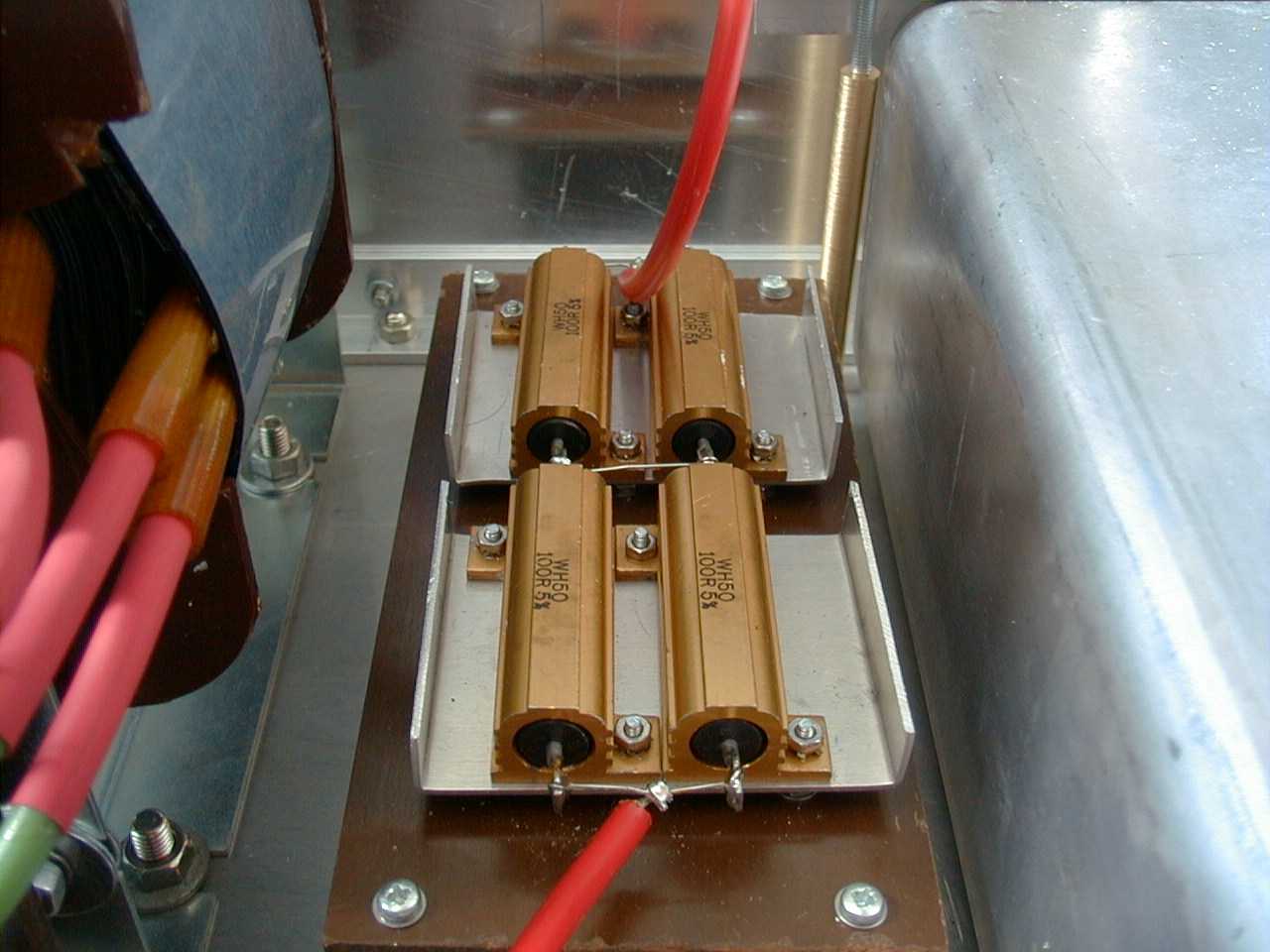Position:Home » Technical Articles
Resistor Derating and Affect Paramters
Writer:Microhm Page View:Date:2019-12-02
For most electronic circuits the power rating is not a key parameter, since those resistors dissipate low amounts of energy of one watt or less. In power electronics however, the power rating is an important characteristic. Generally speaking hereto is referred when power ratings are one watt or higher. Typical applications include power supplies, dynamic brakes, power conversion circuits, power amplifiers and heaters. Nual series of Microhm are typical dynamic brakes.
The nominal power rating is defined for a certain ambient temperature in free air. Note that the amount of energy that a resistor in practise can dissipate without causing damage, is strongly dependent on the operating conditions and therefore not equal to the nominal power rating. For example, a higher ambient temperature can significantly reduce the power rating. This effect is referred to as derating. It should be taking into account by the designer. Often the power rating is chosen largely above the electric power. Typically resistors are rated for a temperature of 70°C, above this resistor starts to derate. This means that above this temperature the resistor can only utilize a reduced power level. This is illustrated by a derating curve. Microhm Electronics' power rated is at 70°C too.

Resistor Derating Curve: in general up to 70 degrees celsius, the resistors full power rating is possible, at higher temperatures a linear derating occurs.Resistor Derating Chart – The horizontal axis represents the percentage of nominal rating for a given ambient temperature. In this case, the resistor’s full power rating is given until 70°C. Next to the influence of the ambient temperature, there are several other factors impacting the derating. The most important factors are detailed below.
Enclosures
The rate of heat loss is limited by installing the resistor in an enclosure. The enclosure limits air flow and therefore the removal of heat by convection. Radiated heat will removed at a lower rate, because the walls of the enclosure act as a thermal barrier. The effect of the enclosure on the heat loss rate is strongly dependent on the size, shape, orientation, material and wall thickness. It is difficult to indicate how these parameters affect the temperature rise.

Forced cooling
Increasing the heat transfer by forced convection allows for a higher watt dissipation than for normal natural convection. This can be achieved by creating an air flow, or even liquid cooling. Some resistors are designed with conducting air fins, to create a bigger surface for heat dissipation.
Component grouping
On a circuit board resistors are often positioned close to each other. The heat radiation of one resistor will be received by the next resistor and therefore have an extra increase in temperature for a given power consumption.
Altitude
Resistors loose heat by convection and radiation. When the air density decreases, the convection will also decrease. Above 30 km convection has dropped so low that only heat dissipation by radiation exists.
Keywords:Resistor Der
Latest News
- Resistor's role in measuring and correcting LED,,,
- Single through-hole resistors' characteristics ,,,
- Why shunt resistors for current sense applicati,,,
- Metal-film resistors with small size, high resi,,,
- 36W High-Current Shunt Resistors MMS8420,,,
- 1W Surface Mount Resistor MPR1206,,,
- An Overview of Microhm Electronics' Resistor Pr,,,
- More anti-sulfur resistors used in harsh envir,,,
- Resistance changes with temperature,,,
- 140W TO247 High Power Heatsinkable Resistor,,,
- MMS5930 is ideal for current sensing in industr,,,
- Shunt resistors selection for engineers' design,,,
- Considerations for choosing precision resistors,,,
- Ceramic Encased Cement Resistors NWH Series for,,,
- Resistors for Passive Balancing in Battery-Pow,,,
Hot Articles
- Microhm will take part in 10th Automotive World,,,
- Thanks for Visiting Microhm's Booth E5-5706 in ,,,
- Resistors in Short Supply: Blame Cars,,,
- New lunch: High Power Precision Shunt Resistor,,,,
- How to Test a Resistor,,,
- Innovative Technology, Future Electric: Electri,,,
- What is Precision Resistors?,,,
- SMD Resistors Sizes and Packages,,,
- The Construction and Features of Metal Film Res,,,
- What is a TO-220 Resisor?,,,
- Hot Selling Products: Precision Shunt Resistors,,,
- How to Calculate the Equivalent Resistance Valu,,,
- What is a Fixed Resistor?,,,
- Resistors in LED Circuits,,,
- Resistors Types and Materials Overview,,,
Resistance applications
- Why Zero-Ohm Resistors?,,,
- Industrial Roberts Applied to Solar Photovoltai,,,
- BMS for New Energy Vehicle,,,
- Difference Between High Precision Resistors and,,,
- Carbon Film Resistors' Features and Application,,,
- Surface Mount Resistor's Size and Package ,,,
- Urbanization Development Bringing the Transform,,,
- Miniature future for passive electronic compone,,,
- The Measurement Accuracy of Automotive Shunt is,,,
- Shunt Resistor MMS8420 for High Current Stable ,,,
- The Four Important Functions of Alloy Resistors,,,
- Select the Right Resistor for Harmonic Filterin,,,
- The Main Application for High Precision and Low,,,
- Heater Blower Motor Resistor in Air Conditioner,,,
- Precision Resistors' Construction and TCR,,,
